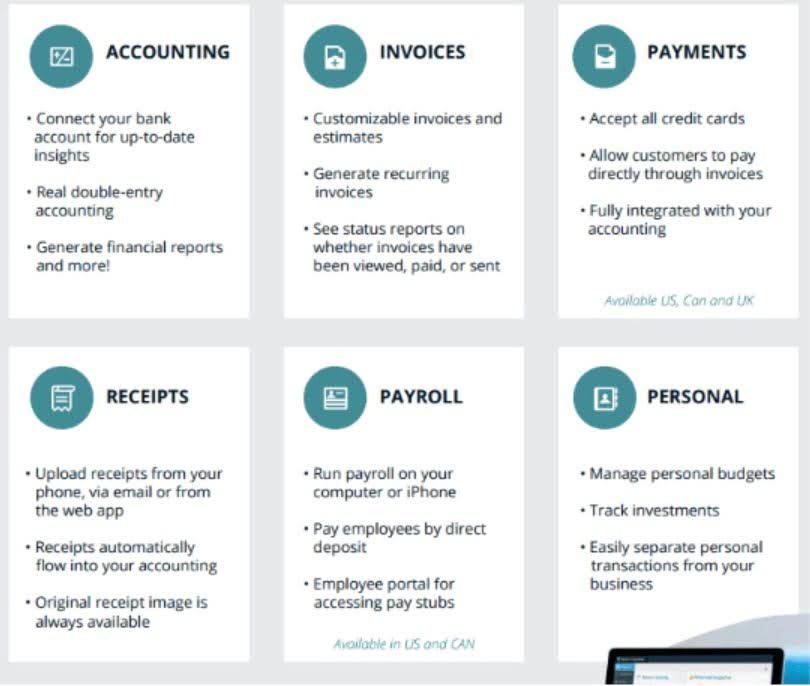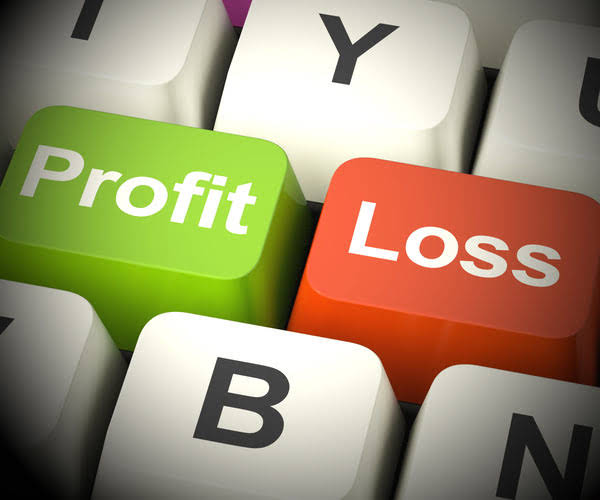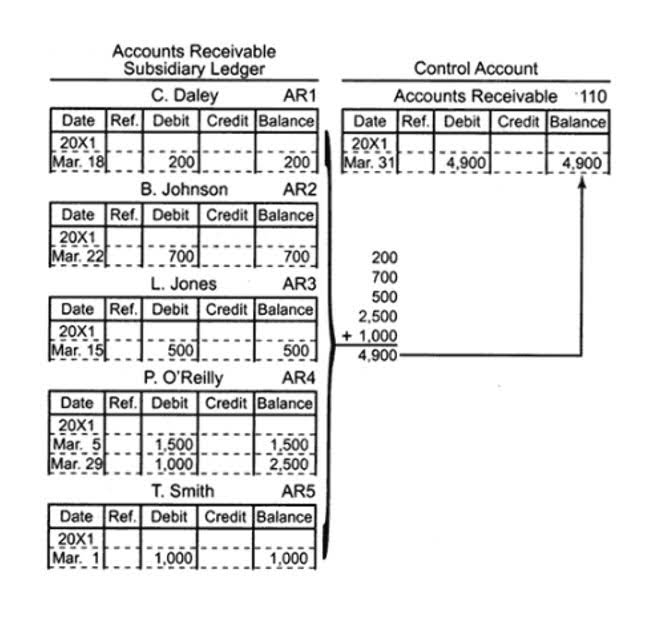
Due to the lack of resources to produce the calculators, the corporation ordered another 100 devices at a higher unit cost of $10 each. Now it’s time to consider the consequences of using LIFO on a company’s financial statements. Following the schedule above, we can calculate the cost of the remaining pills and the cost of goods sold. However, lower profit margins can negatively affect your business if you apply for funding or credit. Plus, the LIFO method is frowned upon (or downright illegal) in most countries outside the US, so international businesses should definitely consider the FIFO method instead. Instead of assuming she sold her most recent inventory first, Sylvia assumes she sold her oldest inventory first.

Which financial ratios does LIFO ending inventory calculation affect?
The total cost will be $875, and the remaining inventory cost is 150 @ $4 and 300 @ $5, i.e., 2100. However, when it is used, the cost of goods sold is recorded at a greater level, lifo method formula resulting in a lesser profit and, as a result, a lower tax. The 2003 amendment of IAS Inventories made it illegal to use LIFO to compile and present financial statements.
The Financial Statements and the LIFO Inventory Valuation Method
Dollar-value LIFO is an accounting method used for inventory that follows the last-in-first-out model. Dollar-value LIFO uses this approach with all figures in dollar amounts, rather than in inventory units. It provides a different view of the balance sheet than other accounting methods such as first-in-first-out (FIFO). When all 250 units are sold, the entire inventory cost ($13,100) is posted to the cost of goods sold. Let’s assume that Sterling sells all of the units at $80 per unit, for a total of $20,000. The profit (taxable income) is $6,900, regardless of when inventory items are considered to be sold during a particular month.
- LIFO stands for ‘Last-In-First-Out.’ It is a method used to calculate the valuation of inventory.
- Below are some of the differences between LIFO and FIFO when considering the valuation of inventory and its impact on COGS and profits.
- Cassie is a deputy editor collaborating with teams around the world while living in the beautiful hills of Kentucky.
- To visualize how LIFO works, think of one of those huge salt piles that cities and towns keep to salt icy roads.
- When businesses that sell products do their income taxes, they must account for the value of these products.
- The cost of the remaining 1200 units from the first batch is $4 each for a total of $4,800.
LIFO Inventory Accounting’s Consequences
- Our GST Software helps CAs, tax experts & business to manage returns & invoices in an easy manner.
- The gross margin, resulting from the LIFO periodic cost allocations of $9,360, is shown in Figure 10.10.
- When the inventory units sold during a day are less than the units purchased on the same day, we will need to assign cost based on the previous day’s inventory balance.
- LIFO is more difficult to account for because the newest units purchased are constantly changing.
- This is because it first depreciates the most recent purchases, leaving earlier obsolete costs as inventory on the balance sheet.
- Consider a corporation with two snowmobiles in its initial inventory, each costing $50,000.
FIFO and LIFO produce a different cost per unit sold, and the difference impacts both the balance sheet (inventory account) and the income statement (cost of goods sold). Using LIFO can help prevent obsolescence by ensuring out-of-date items are sold or used before they become obsolete. Additionally, it helps companies better manage their stock levels and ensure they have the most current products available. LIFO is an inventory management system in which the items most recently added to a company’s stock are the first ones to be sold or used. This will happen if the units purchased during this year exceed the units sold. The use of LIFO, especially in connection with the periodic inventory method, offers management a level of flexibility to manipulate profits.


As a result, the company would record lower profits or net income for the period. However, the reduced profit or earnings means the company would benefit from a lower tax liability. The last-in, first-out method (LIFO) of cost allocation assumes that the last units purchased are the first units sold.

- LIFO is often used by gas and oil companies, retailers and car dealerships.
- Here we will demonstrate the mechanics used to calculate the ending inventory values using the four cost allocation methods and the periodic inventory system.
- All such information is provided solely for convenience purposes only and all users thereof should be guided accordingly.
- The credit entry to balance the adjustment is $13,005, which is the total amount that was recorded as purchases for the period.
- The valuation method that a company uses can vary across different industries.
- LIFO is only allowed in the USA, whereas, in the world, companies use FIFO.
A company’s taxable income, net income, and balance sheet balances will all vary based on the inventory method selected. When sales are recorded using the LIFO method, the most recent items of inventory are used to value COGS https://www.bookstime.com/articles/bookkeeping-seattle and are sold first. In other words, the older inventory, which was cheaper, would be sold later. In an inflationary environment, the current COGS would be higher under LIFO because the new inventory would be more expensive.

LIFO: The Last In First Out Inventory Method
Merchandise inventory, before adjustment, had a balance of $3,150, which was the beginning inventory. The inventory at the end of the period should be $8,895, requiring an entry to increase merchandise inventory by $5,745. Cost of goods sold was calculated to be $7,260, which should be recorded as an expense. The credit entry to balance the adjustment is $13,005, which is the total amount that was recorded as purchases for the period. You may have noticed that perpetual inventory gave you a slightly lower cost of goods sold that periodic did. Under periodic, you wait until the end of the period and then take the most recent purchases, but under perpetual, we take the most recent purchases at the time of the sale.
